If You’re Brand New to Fresh Milled Flour—You’re Not Alone
This beginner’s guide to baking with fresh milled flour is everything I wish someone had handed me when I first brought home my grain mill. I had big dreams—wholesome bread, nourishing muffins, a little more self-sufficiency. But I quickly learned that fresh milled flour doesn’t behave like store-bought flour. My early bakes were dense, dry, and humbling. If you’re new to baking with fresh flour, you’re not doing anything wrong—it’s just a different learning curve. And I’m here to walk you through it, step by step.
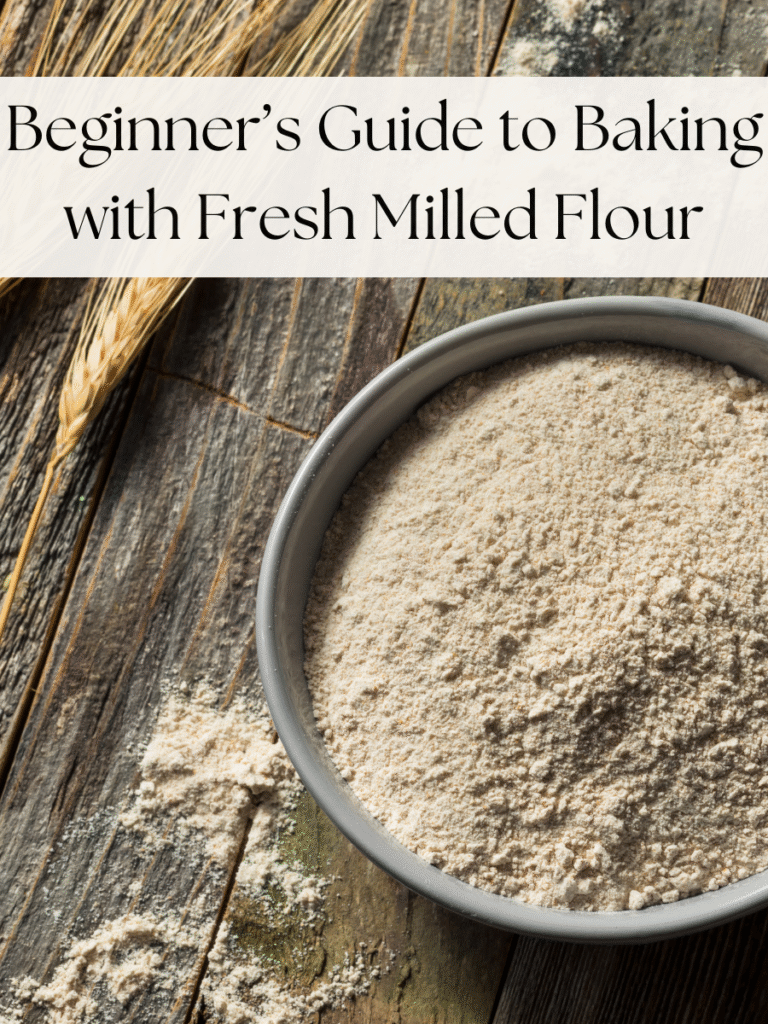
When I first bought my grain mill, I had big dreams—homemade bread, better nutrition, a little more self-sufficiency. But the truth? My first few bakes were… rough. Dry muffins, flat bread, and a lot of second-guessing.
If you’re just getting started with fresh milled flour, I want to tell you what I wish someone had told me: it’s different than store-bought—but it’s not impossible.
You can bake beautiful things with fresh flour. And you don’t need to be perfect to do it.
Let’s break it down together—no stress, just simple tips that work in real life.
What Is Fresh Milled Flour?
Fresh milled flour is made by grinding whole grains (like wheat berries) at home using a grain mill. It includes the entire grain: bran, germ, and endosperm. That means you’re getting more nutrients, more flavor, and more freshness than anything in a store-bought bag.
But it also means your flour behaves a little differently—more oil, more fiber, more absorption, and more life.
What I Wish I Knew Before I Started Baking with Fresh Milled Flour
Switching from store-bought to fresh flour changed everything in my kitchen—but not always in the way I expected.
Here’s what caught me off guard:
- The texture is different. Your baked goods may feel heartier or softer depending on the grain.
- It absorbs more liquid. I had to adjust my hydration, especially in bread dough.
- It affects rise time. The bran in fresh flour can slow down the rise, especially in sourdough.
- It spoils faster. Always store unused flour in the freezer.
Alt text suggestion: “Loaf of bread baked with fresh milled flour on a wooden board”
The Best Grains to Start With
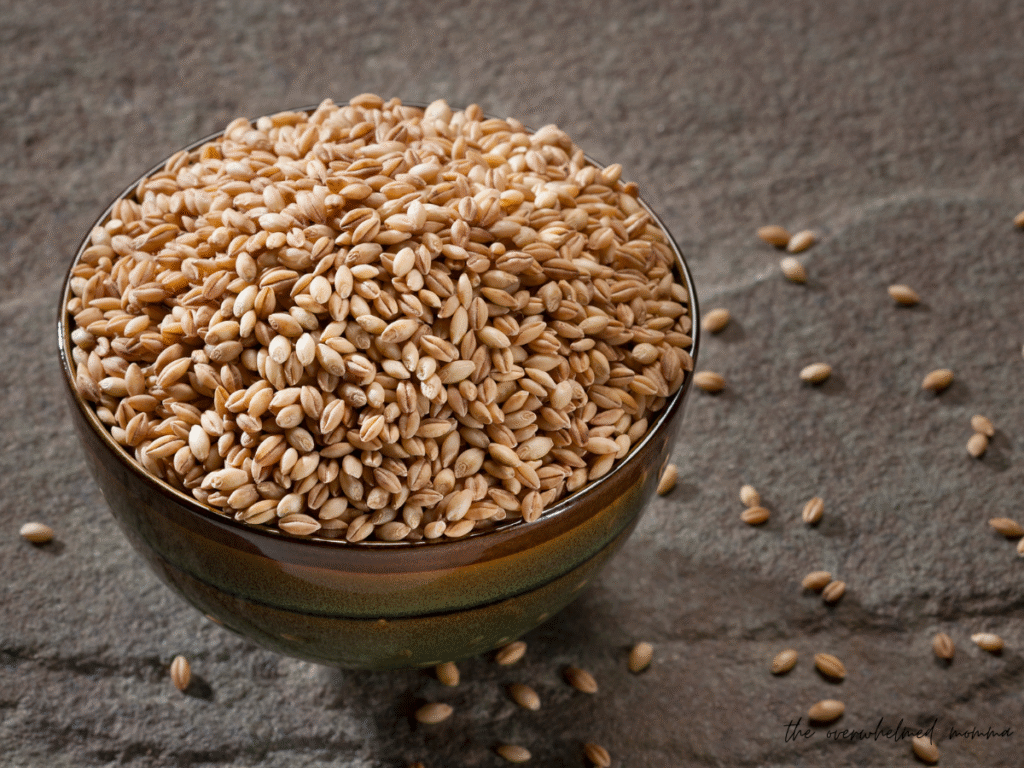
If you’re just beginning, you don’t need ten different grains. Here’s what I use in my own kitchen and recommend for others:
✅ Hard White Wheat
A mild flavor that works well in almost everything—bread, muffins, pancakes, you name it.
✅ Kamut
Golden and slightly sweet. I love mixing it with hard white wheat for a softer bake and rich color.
If you’re new to milling, start here before trying more advanced grains like Einkorn or rye.
Real-Life Tips for Baking Success
Here’s what’s worked for me—and what I tell other moms who are just starting:
1. Start with recipes you already know
Pick something familiar—like muffins or pancakes—and try replacing half the flour with fresh milled. It’s an easy way to get used to the texture and flavor.
2. Expect to tweak hydration
Fresh flour absorbs more water. If your batter or dough feels dry, add a tablespoon of water at a time until it softens up.
3. Let your dough rest
A 15–30 minute rest (also called an “autolyse”) allows the bran to absorb moisture. It makes a noticeable difference in softness and rise.
4. Use it fresh—or freeze it
I try to use my flour the same day I mill it. If not, I freeze the extra in mason jars or gallon freezer bags to keep it fresh.
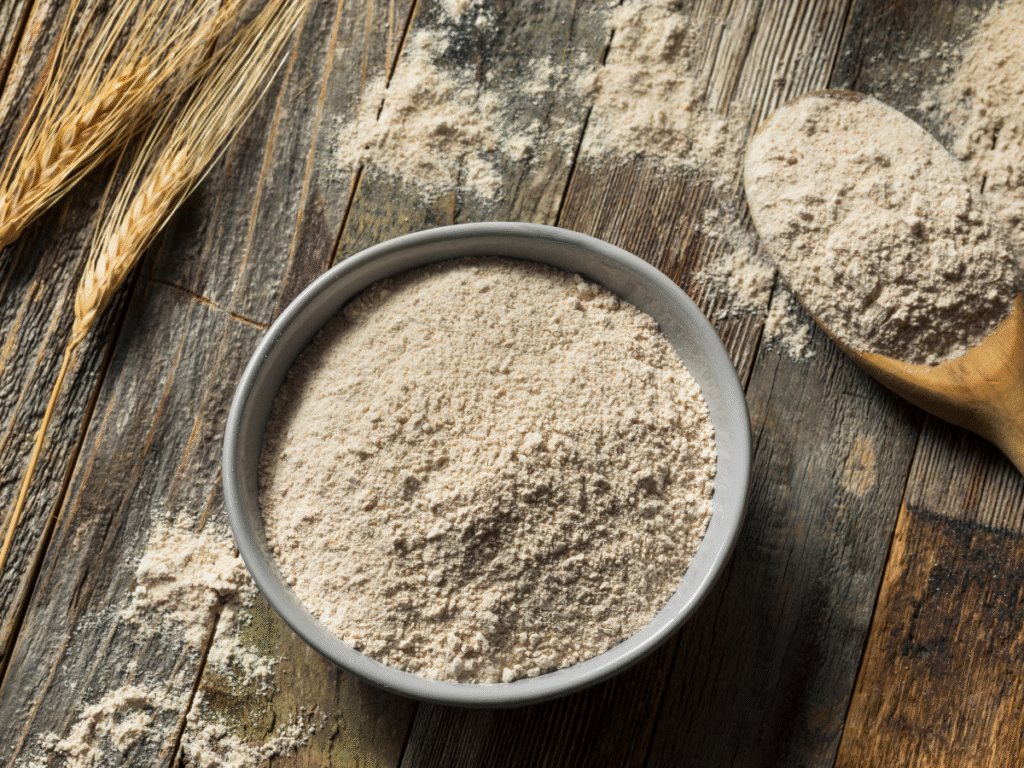
Beginner-Friendly Recipes to Try First
These are the tried-and-true recipes I recommend starting with:
- Pancakes – forgiving and fast
- Muffins – banana or zucchini work great with fresh flour
- Homemade pizza dough – especially on French bread
- Soft sandwich bread – using 100% hard white wheat
Keep it simple and focus on learning how the flour feels. Progress over perfection.
Want Help Getting Started?
Inside my free Overwhelmed Mom’s Survival Kit, you’ll find:
- A Meal Planning Tool to help you use what you have
- A Daily Rhythm Template to carve out baking time
- And my Simple Sourdough Start guide with a checklist if you’re ready to try sourdough too
Final Encouragement
Fresh milled flour might feel intimidating at first—but I promise, it gets easier.
Start small. Give yourself grace. Celebrate every little win.
You don’t need fancy tools or perfect technique. You just need a willing heart and a little flour.
And once you taste that first loaf, pancake, or muffin made with your own fresh milled flour? You’ll know exactly why it was worth it.

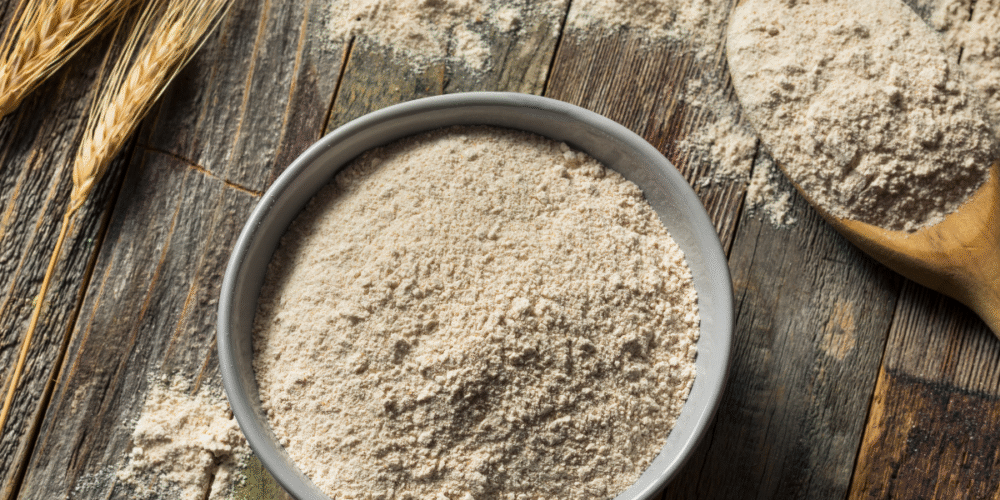
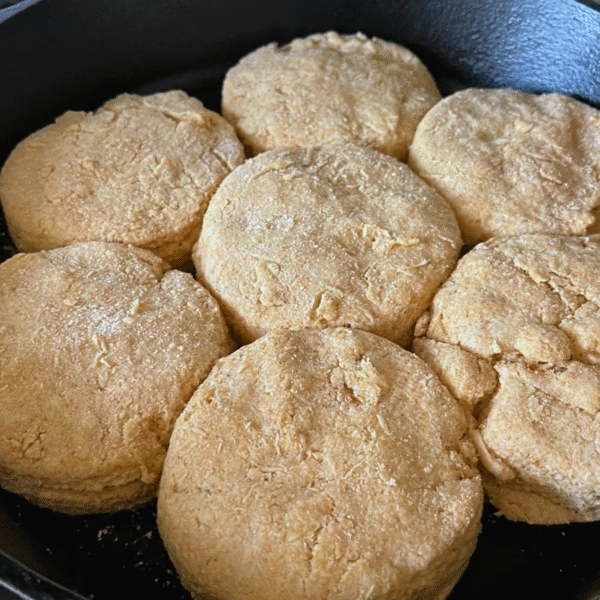
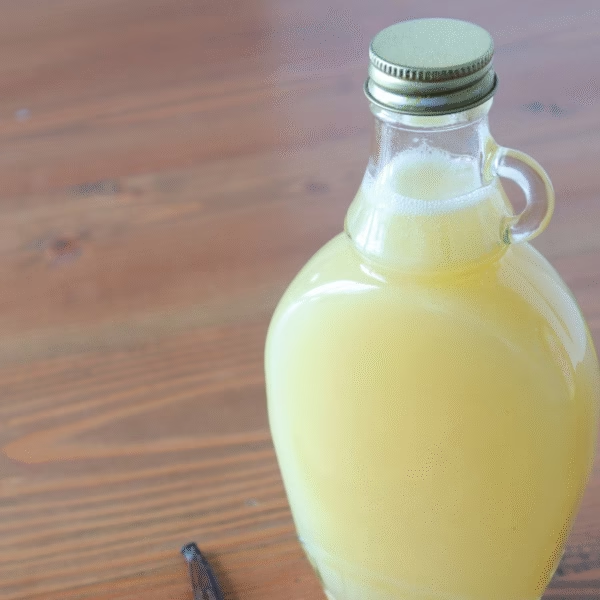
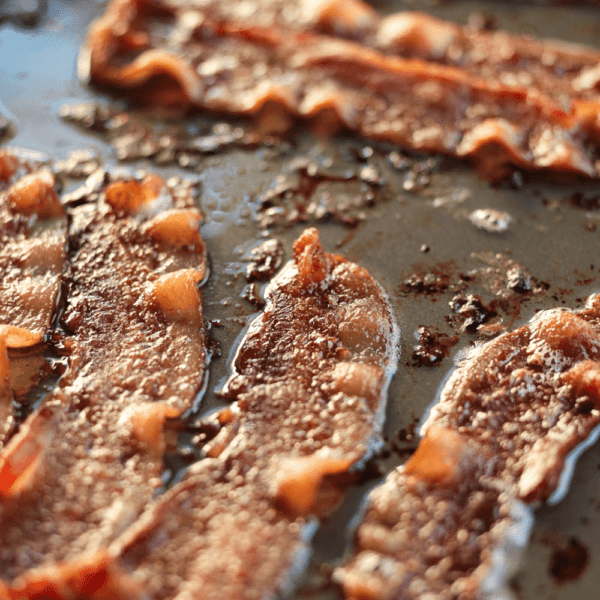
Leave a Reply